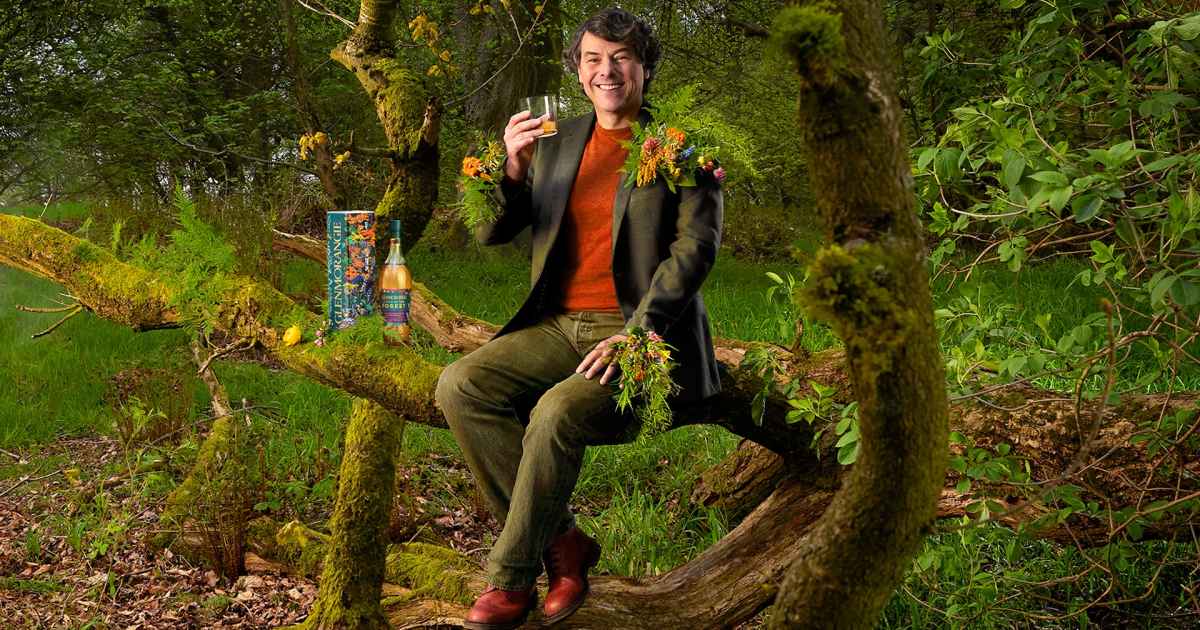No products in the cart.
Fitness Tips
Glenmorangie A Tale of the Forest: Limited Edition Single Malt
There are so many effective descriptors applied to Scotch these days: fruity, velvety, contemplative, expensive. The adjectives go on and on. But “experimental” is seldom counted among them. That’s because the rules governing the whisky’s production are notoriously constrictive—especially when it comes to single malt, which can only be crafted using malted barley, water, yeast…and time. The liquid matures and develops most of its flavors in oak casks over a minimum of three years. But Glenmorangie’s new limited edition A Tale of the Forest challenges the norm.
For single malts, wood has largely been the medium in which innovation can best be expressed. Dr. Bill Lumsden is a pioneer of the practice. He’s the head of distilling and whisky creation at Glenmorangie, and has been experimenting with cask finishes for over three decades.
Dr. Lumsden’s latest experiment
Usually around this time of year, the good doctor introduces his latest foray into maturation experimentation. But this autumn, he’s opting for something completely different. With A Tale of the Forest, Lumsden has found a new way to incorporate inventive flavors into his legendary Highland single malt. And it’s all about the barley, baby! Malted barley, to be precise.
The malting process involves an application of heat to the cereal grain, stopping it from fully germinating prior to fermentation. It turns out, there are many different ways in which to fuel that fire. You’re probably already familiar with one of them: peat. When the decomposed vegetative matter is used during malting, it produces a famously strong, smoky flavor that results in tasting notes such as Band-aids, iodine, and burnt tire. Yum!
Dr. Bill (who didn’t go to seven years of whisky school to be called mister, thank you very much) dug a little deeper into the past and figured out that—historically—some whisky makers would use botanicals during malting.
“Our research found references to crofters burning things like birch bark and moss to dry the malted barley,” he explains. “They were probably doing this more for the heat rather than flavor. So when [I came up with] the idea for a whisky crafted with botanicals, I searched for the ones that lent the most distinctive aromatics to the malted barley.”

Into the woods
As the name of the release suggests, A Tale of the Forest is a whisky intended to evoke sensory immersion through damp and dense woodlands. Its nose will probably be more familiar to gin drinkers than scotch fans; it hums with pine needles, juniper berry, and coriander. On the palate, these elements are less obvious but there remains subtle refrains of eucalyptus, menthol, and wood sap. A faint essence of campfire smoke emerges in the finish, revealing a small fraction of peated malt in the mix. It’s enough to set this offering apart as something more meaningful than mere novelty. It’s entirely unique.
And there’s a good reason why no one has done it before. “The whole thing was horrendously difficult to do,” admits Lumsden. “But that made it more appealing to me, because anything like this should always be a labor of love.”
Centuries ago when botanical malting was last tinkered with, it would have occurred on a far smaller scale. After all, this was long before the days of bottling and mass production. But for Lumsden, this was a juice clearly worth the squeeze.
“This whisky calls to be tasted outdoors, where people can get their senses awakened by being outside, hopefully in a forest,” he exclaims. “My perfect place would be in a clearing surrounded by trees, with some moss-covered boulders and running water, because the sound of running water adds to the mix, igniting your senses.”
You’re welcome to find your own happy place with A Tale of the Forest wherever you’d like, as it’s now available for a limited time on American shelves—priced at just over $100 a bottle. It sits in botanically themed packaging designed by noted Thai illustrator Pomme Chan.
For access to exclusive gear videos, celebrity interviews, and more, subscribe on YouTube!
Source link

